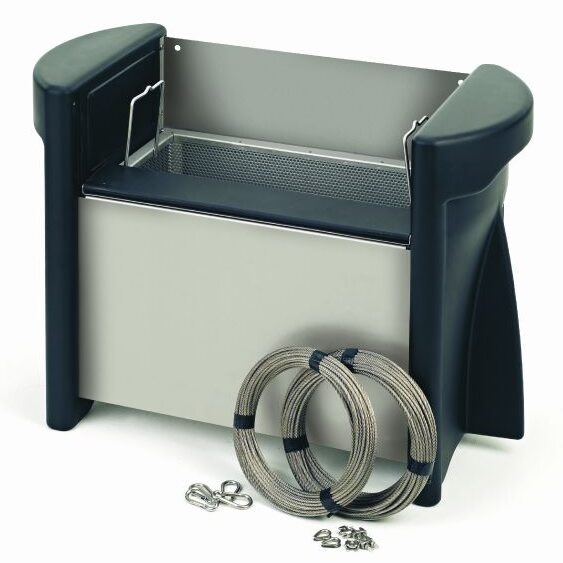Lake and Large Pond Skimmers – Frequently Asked Questions
Welcome to our comprehensive guide on lake skimmers! Below, we’ve compiled a list of frequently asked questions to help you understand the importance, functionality, and benefits of lake skimmers for maintaining clean and healthy lake ecosystems.
1. What is a lake skimmer, and how does it work?
A lake skimmer is a device designed to remove debris, leaves, and surface pollutants from the water’s surface of lakes and ponds. It operates by creating a suction force that draws water and floating debris into a collection basket or filter, effectively cleaning the water surface and improving water quality.
2. Why are lake skimmers essential for lake maintenance?
Lake skimmers play a crucial role in maintaining clean and healthy lake ecosystems by removing organic debris, leaves, algae, and other surface pollutants from the water. By preventing the accumulation of debris, skimmers help improve water clarity, reduce nutrient levels, and create a more hospitable environment for fish, plants, and other aquatic life.
3. What are the benefits of using a lake skimmer?
- Debris Removal: Lake skimmers effectively remove leaves, twigs, insects, and other floating debris from the water surface, preventing them from sinking to the bottom and decomposing.
- Algae Control: Skimmers help remove algae blooms and surface scum, reducing the risk of water quality issues such as green water and foul odors.
- Water Clarity: By removing surface debris and pollutants, skimmers improve water clarity and visibility, creating a more aesthetically pleasing lake environment.
- Prevent Clogging: Skimmers help prevent clogging of pumps, filters, and aeration devices by removing debris before it enters the water circulation system.
4. What types of lake skimmers are available?
There are several types of lake skimmers available, including:
- Floating Skimmers: These skimmers float on the water’s surface and use a floating weir or intake to collect debris.
- Submersible Skimmers: Submersible skimmers are installed underwater and use a pump to draw water and debris into a collection chamber.
- Wall-Mounted Skimmers: These skimmers are mounted on the lake’s edge or shoreline and use a suction hose or intake pipe to remove surface debris.
5. How do I choose the right lake skimmer for my lake?
When selecting a lake skimmer, consider factors such as the size and depth of your lake, the volume of debris, and the specific debris types you wish to remove. Choose a skimmer with sufficient capacity and suitable installation options to effectively clean the water surface and maintain optimal water quality.
6. Can lake skimmers be used in conjunction with other lake management practices?
Yes, lake skimmers can be used in conjunction with other lake management practices such as aeration, filtration, and chemical treatments to create a comprehensive lake management strategy. Properly combining these practices helps address multiple lake issues and promotes a healthy and balanced lake ecosystem.
7. How do I install and maintain a lake skimmer?
Installation of a lake skimmer typically involves placing the skimmer unit in the desired location, connecting it to a power source or pump, and ensuring proper alignment and operation. Regular maintenance includes cleaning the skimmer basket or filter, inspecting for debris or blockages, and checking pump operation and performance.
8. Are lake skimmers energy-efficient?
Many modern lake skimmers are designed to be energy-efficient, consuming minimal electricity while effectively removing debris from the water surface. Look for skimmers with energy-saving features such as efficient pump motors and adjustable operating modes to minimize energy consumption and operating costs.
9. How long do lake skimmers last, and when should they be replaced?
The lifespan of a lake skimmer varies depending on factors such as usage, maintenance, and environmental conditions. With proper care and regular maintenance, most skimmers can last for several years before requiring replacement. It’s essential to monitor skimmer performance regularly and address any issues promptly to prolong its lifespan and effectiveness.
10. Can lake skimmers be used for both residential and commercial lakes?
Absolutely! Lake skimmers are suitable for use in both residential and commercial lakes, including backyard ponds, community lakes, golf course water features, and decorative water bodies. Whether you have a small private lake or a large-scale recreational lake, there are skimmers available to meet your specific lake maintenance needs.
If you have any further questions or require assistance in selecting the right skimmer for your lake, don’t hesitate to contact us.






